While Xiaomi’s Redmi brand has always been seen as the more affordable option for people who don’t want to spend too much on an Android phone, it doesn’t necessarily mean that Redmi phones are “cheap” per se – they often come with surprising bang-for-your-buck value, making them ideal for bargain hunters.
One great example is the Redmi Note 13 Pro+ 5G – yes, that is its entire name – which combines a premium-looking design with capable internals, resulting in a rather impressive Android handset. In a crowded midrange smartphone segment however, is it worth getting? Let’s find out.
Specifications
- Dislay: Curved 6.67 inch AMOLED, 120hz, 1220 x 2712 pixel resolution
- Processor: MediaTek Dimensity 7200 Ultra
- RAM: up to 16GB
- Storage: 512GB
- Software: Android 13 with MIUI 14
- Rear Cameras: 200MP primary, 8MP ultrawide, 2MP macro
- Selfie Camera: 16MP
- Battery: 5,000 mAh Li-po
- Charging: 120W wired
Design and Display

We weren’t lying when we said that the Note 13 Pro+ features a premium design – at first glance, you might even mistake it for a device that’s twice its price tag, thanks to the large curved display and slim bezels. Pick it up though, and you’ll realize that the sides of the phone are made from plastic, which feature a matte finish as seen on the black model that we have here. The front is protected by a layer of Gorilla Glass Victus, although Xiaomi hasn’t specified what kind of glass the rear panel is made of.
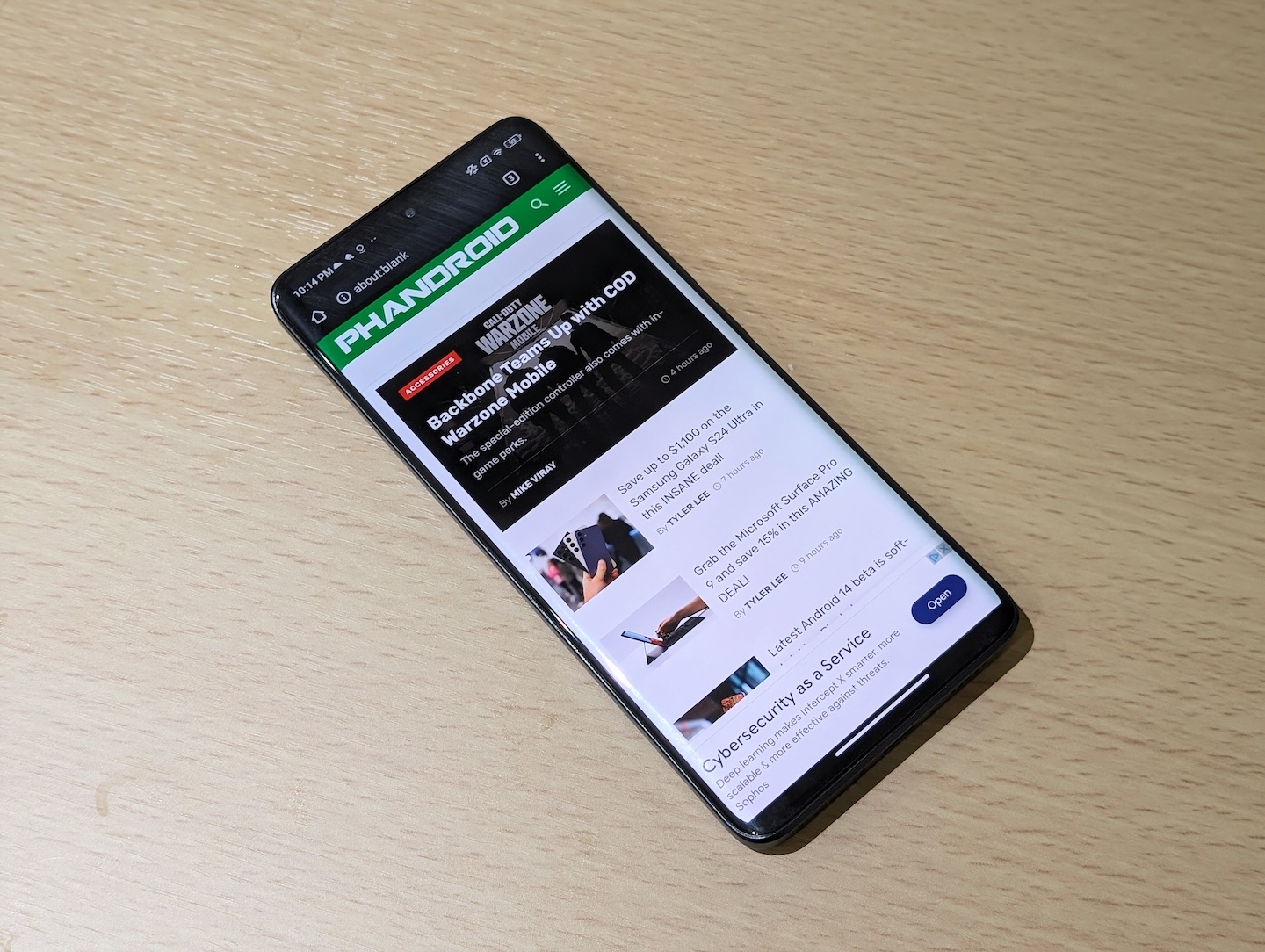
Going back to the front, the phone features a 6.67-inch AMOLED display, which comes with a 120Hz refresh rate, support for Dolby Vision and HDR10+, and gets really bright at up to 1800 nits of peak brightness. It’s undeniably a good-looking panel with a responsive in-display fingerprint sensor, and you’ll have no trouble viewing your phone outdoors in bright environments. One consideration though is the curved screen, will be a subjective affair for some users who might prefer a flat display instead.
This entire setup comes with IP68 protection, which is a much-welcome feature especially at this price point. All in all it feels like a well-built device, and the plastic frame does make it a bit lighter to handle for everyday use.
Performance and Software

Running the show is a MediaTek Dimensity 7200 Ultra SoC, a 4nm chip that’s backed by up to 16GB of RAM. Our unit in particular comes with the 12GB RAM and 512GB storage configuration, but we reckon that 12GB is plenty enough to provide a smooth user experience. There’s not much to complain about here really, as the phone easily handles day-to-day usage such as switching between apps, browsing the web and social media feeds, and such.
As far as gaming goes, you’ll have a mostly decent experience with the Note 13 Pro+, especially in mainstream games such as COD Mobile, Wild Rift and such. There are times when it does get a bit warm such as when running XCOM 2, although not on the same level as say a Pixel phone, for example.
With that said, there are some rare times when you might get a bit of a stutter, especially when moving through the heavily-modified UI. The phone ships with a slightly older Android 13 platform version, which is coated with a thick layer of MIUI, Xiaomi’s custom visual skin for Android.
If you’ve used a Redmi phone before, then you’ll be familiar with MIUI – it’s a double-edged sword as it comes with a ton of additional third-party apps and software, a lot of which take up storage space and are sometimes downright unneeded (I have never had any desire to play “Royal Match”). On the other hand, folks who enjoy customizing their phone’s visual interface will enjoy MIUI’s in-depth personalization options, especially when it comes to how you want your phone to look and feel.
Camera Quality

As far as camera hardware is concerned, the Note 13 Pro+ packs an impressive setup – on the rear, you get a 200 MP, f/1.7, 23mm (wide) main sensor, accompanied by a 8 MP, f/2.2 ultrawide sensor, and 2 MP, f/2.4 macro sensor. In front is a 16 MP camera for selfies and video calls. For video, the Note 13 Pro+ can record clips of up to 4K resolution at 30 frames per second.
If you’re coming from a flagship smartphone, then the phone’s camera performance might be a little underwhelming – but as far as basics go, the Note 13 Pro+ mostly gets the essentials right. There’s a decent amount of dynamic range, and you don’t really get blown out highlights unlike on cheaper smartphone cameras. Saturation is so-and-so, and depending on your lighting you’ll get varied amounts of vibrance in your photos.
There are times though when image quality does fall short – in particular, the selfie camera can sometimes present dull skin tones, and there are moments when photos shot on the ultrawide lens lean towards heavier contrast, resulting in somewhat darker-looking shots. You can check out some samples below:
Battery Endurance
Unless you’re playing a ton of games constantly on the Redmi Note 13 Pro+, the 5,000 mAh battery inside can last up to pretty much an entire day with moderate use, and even more with simpler casual usage. Of course, factors such as screen brightness, 5G data, and the kinds of apps that you’re running will come into play with regards to how long your battery can keep up, but in general it’s an all-day phone.
Should you need to charge it, the handset supports 120W charging speeds, although you’ll need a compatible charging brick. Thankfully, there’s an included adapter with the phone in addition to the charging cable.
Final Thoughts
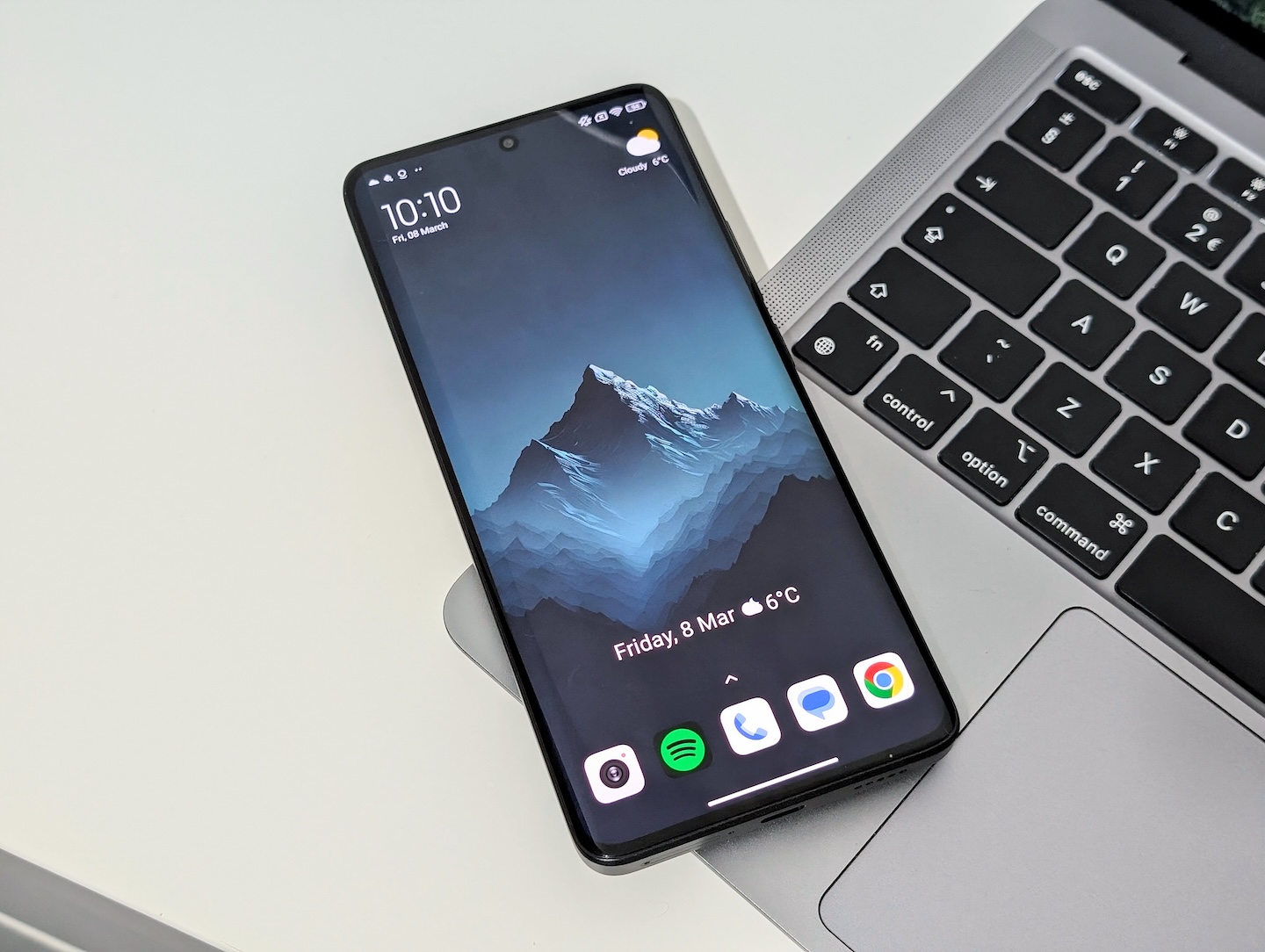
For a price of around $450, the Redmi Note 13 Pro+ 5G competes with other devices such as Samsung’s A-series smartphones, which come with less impressive Exynos chipsets, and Google’s A-series devices, which feature smaller displays and slower charging speeds. It’s in these aspects where the Xiaomi’s new midranger excels, although factors such as MIUI, and the modest camera performance need to be considered.
Still, the Note 13 Pro+’s terrific-looking design and display, fast charging speeds, and fairly capable chipset are tempting reasons to go with Redmi’s new premium midranger, and at a price that’s less than most smartphones these days, this might be enough for budget-conscious buyers and Redmi fans alike.

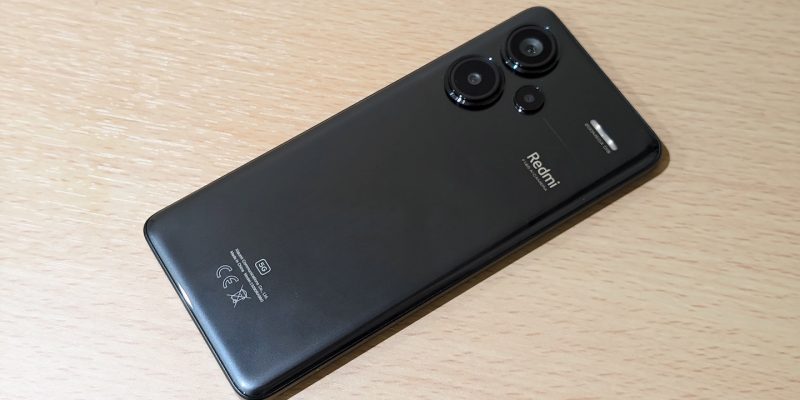








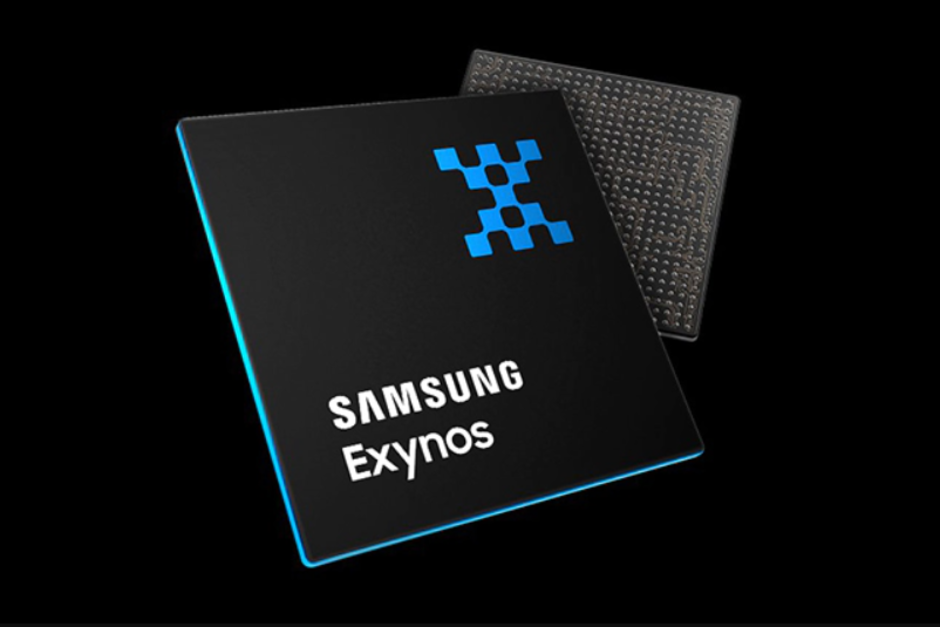

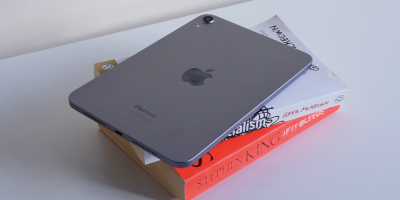






Comments